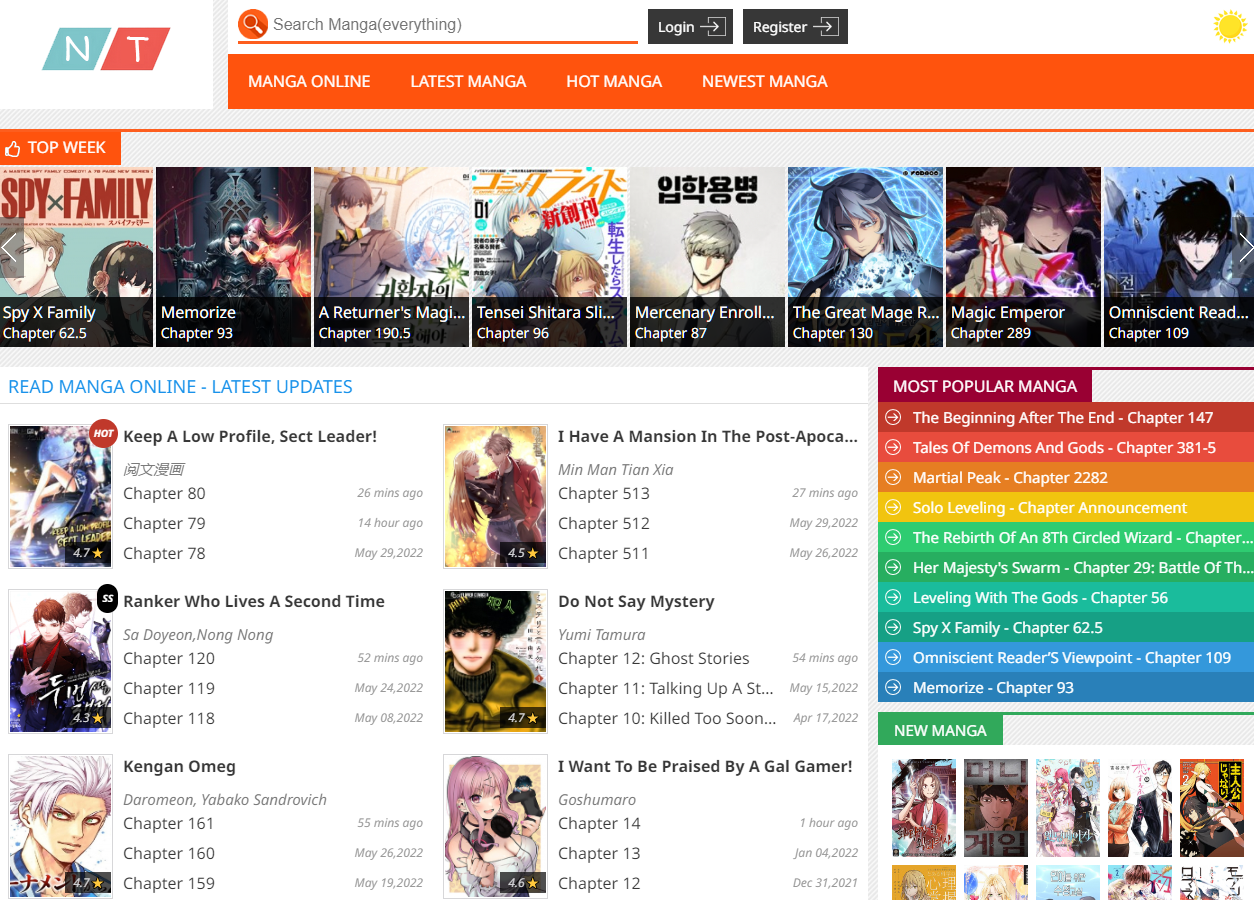🌟 Dịch Vụ Chất Lượng Cao 🌟
✓ 301 Redirect: Chuyển hướng domain an toàn, giữ nguyên giá trị SEO
✓ Guest Post: Đăng bài chất lượng trên các website uy tín
✓ Hỗ trợ tư vấn 24/7
✓ Báo giá cạnh tranh
✓ Thời gian xử lý nhanh chóng
📱 Liên hệ ngay qua Telegram: @subdomaingov
⚡ Hỗ trợ tư vấn miễn phí
Both The Same
₫5.668.551
Both The Same | Online: The Complete Collection for Free
Product description
Dive Into the World of Manga - An Engaging Summary of Ganota No Onna
In this article, we will explore the captivating Manga summary Ganota No Onna. This manga has garnered a loyal following due to its unique narrative style and complex character development. With a blend of adventure, fantasy, and emotional depth, it invites readers into a world filled with intriguing relationships and thought-provoking themes.
Exploring the Characters in Ganota No Onna
The character development in Ganota No Onna is one of its most remarkable traits, adding layers of complexity to the story. Each character contributes uniquely to the overarching plot, creating a rich tapestry of interactions that heightens the overall experience.
The Protagonist: Understanding Her Journey
At the center of Ganota No Onna is our protagonist, a young woman whose growth throughout the series is compelling.
Her journey begins in a seemingly ordinary environment, where she faces everyday challenges. However, as the story progresses, it becomes clear that these mundane struggles are just the surface of deeper conflicts.
Through various trials, she learns to navigate her emotions and confront her fears. This transformation resonates deeply with readers, who can see parts of themselves reflected in her struggle for identity and purpose.
Supporting Characters: Integral to the Plot
Supporting characters play critical roles in reinforcing the protagonist's experiences. Each character is carefully crafted with their own backgrounds and motivations, contributing distinctive perspectives that enrich the narrative.
These characters often embody contrasting traits or philosophies, leading to intricate dynamics that propel the storyline. For example, there may be a mentor figure who guides the protagonist, offering wisdom and insight but also challenges her to think critically about her choices.
This interplay not only adds tension but also allows for moments of growth and self-discovery, making the plot more engaging and multifaceted.
The Antagonist: Complexity Over Simplicity
An effective antagonist can elevate a story, and in Ganota No Onna, the villain is no exception. Rather than being a one-dimensional evil figure, the antagonist is layered and relatable, often showcasing motives that stem from personal grievances or trauma.
This depth invites readers to empathize with the antagonist’s perspective, questioning the nature of good and evil. The conflict between the protagonist and antagonist is not merely physical; it serves as a philosophical battleground where different ideologies clash, making every encounter psychologically thrilling.
Character Dynamics: Relationships That Matter
Relationships in Ganota No Onna are intricately woven, influencing character arcs and driving the plot forward. Whether it's friendship, rivalry, or romance, each relationship is treated with nuance, reflecting the complexities of human connections.
Moments of vulnerability shared between characters often provide some of the most poignant scenes in the manga. These interactions serve as catalysts for change, pushing characters out of their comfort zones and forcing them to confront their true selves.
The exploration of these dynamics becomes even more interesting when viewed through the lens of cultural influences that shape their behaviors and outlooks. This adds a layer of realism that many readers appreciate, making the story resonate on a global scale.
Thematic Elements in Ganota No Onna
Manga summary Ganota No Onna delves into various themes that reflect societal issues, personal struggles, and existential questions. The richness of these themes lends weight to the narrative, prompting readers to consider the implications beyond mere entertainment.
Identity and Self-Discovery
One of the most prominent themes in Ganota No Onna is the quest for identity. The protagonist embarks on a journey not just through external challenges but also through internal conflicts, seeking to understand who she truly is.
This theme resonates widely, particularly among younger audiences grappling with similar questions of self-worth and purpose. The manga serves as a mirror, reflecting the struggles faced by individuals in their pursuit of authenticity.
Through challenging encounters and relationships, the protagonist learns about her strengths and weaknesses, ultimately embracing her uniqueness. This narrative arc inspires readers to embark on their own paths of self-discovery.
The Nature of Relationships
The manga masterfully explores the concept of relationships and how they shape individual identities. Different types of bonds—be they friendships, familial ties, or romantic interests—are portrayed with sincerity and depth.
Readers witness how positive relationships can uplift and guide individuals while toxic ones can hinder growth and create turmoil. This duality invites reflection on the importance of surrounding oneself with supportive individuals who encourage growth rather than stifle it.
Moreover, the exploration of misunderstandings and reconciliations in relationships provides a realistic depiction of human connection. Readers can relate to these experiences, fostering a sense of camaraderie and empathy with the characters.
The Struggle Against Societal Norms
Another significant theme present in Ganota No Onna is the critique of societal norms and expectations. As the protagonist navigates her journey, she often encounters pressures to conform to traditional roles or ideals imposed by society.
The manga challenges these norms, advocating for personal autonomy and the courage to defy expectations. This message resonates strongly, particularly in contemporary society where individuality is increasingly celebrated.
By portraying the protagonist’s struggle against societal constraints, Ganota No Onna encourages readers to question their own circumstances and consider the importance of carving their own paths.
Themes of Redemption and Forgiveness
Redemption and forgiveness are recurring motifs that add depth to the character arcs in Ganota No Onna. Many characters grapple with past mistakes or regrets, and the narrative showcases their journeys toward redemption.
The process of seeking forgiveness—from oneself and others—is portrayed with sensitivity, highlighting the emotional toll it can take. Yet, it also illustrates the profound impact that forgiveness can have on healing and personal growth.
This exploration of redemption is particularly powerful, as it emphasizes the idea that everyone deserves a second chance. It fosters hope and compassion, reminding readers of the resilience of the human spirit.
Artistic Style and Symbolism in Ganota No Onna
The artistic style of Ganota No Onna plays a pivotal role in conveying the story’s emotional resonance. The visuals complement the narrative, enhancing the reader's engagement with the characters and their journeys.
Visual Aesthetics: A Blend of Tradition and Modernity
The artwork in Ganota No Onna reflects a harmonious blend of traditional and modern styles. This fusion creates a unique atmosphere that sets the tone for the story, drawing readers into the world with vivid imagery.
Character designs are particularly noteworthy, as they embody distinct traits that align with each character's personality. Subtle details, such as facial expressions and postures, convey emotions effectively, allowing readers to connect with the characters on a deeper level.
The visual storytelling complements the narrative, often conveying themes and emotions that text alone cannot express. Action scenes are dynamic and expertly illustrated, creating an adrenaline-pumping experience that keeps readers enthralled.
Use of Color and Mood
Color plays a significant role in establishing mood and atmosphere within Ganota No Onna. Bright colors might evoke feelings of joy and freedom during uplifting moments, while darker tones may represent despair or conflict, enhancing the emotional weight of certain scenes.
The strategic use of color contrasts also highlights the dichotomy between light and dark, symbolizing the ongoing battle between good and evil within the story.
This attention to detail in color usage allows the artist to communicate subtleties in emotions that deepen the readers’ immersive experience, making every panel feel meaningful.
Symbolic Elements: Layers of Meaning
Beyond aesthetics, symbolic elements enrich the narrative, inviting readers to ponder deeper meanings. Objects, settings, and character attributes often carry symbolic significance that aligns with overarching themes.
For instance, specific motifs may symbolize freedom or restraint, helping illustrate a character’s internal struggle. Nature elements, like storms or blooming flowers, can signify change or growth, aligning with pivotal moments in the storyline.
Such symbolism transforms the reading experience into an interactive journey of discovery. Readers are encouraged to engage critically with the content and derive personal insights from the visual and narrative elements.
Emotional Impact Through Artistry
Ultimately, the artistry in Ganota No Onna serves to elevate the emotional impact of the storytelling. Moments of triumph, sorrow, and introspection are amplified through well-executed illustrations, drawing readers into the characters’ experiences.
This synergy between art and narrative reinforces the emotional stakes, making the audience invested in the characters’ journeys. The combination of compelling storytelling and stunning visuals creates an unforgettable experience, ensuring that Ganota No Onna remains etched in the minds of its readership.
FAQs
What genre does Ganota No Onna belong to?
Ganota No Onna primarily falls under the genres of fantasy and adventure, with elements of drama and romance woven throughout the story.
Is Ganota No Onna suitable for all ages?
While Ganota No Onna appeals to a wide audience, it contains themes and situations that may be more appropriate for older teens and adults. Parental discretion is advised.
Where can I read Ganota No Onna?
You can find Ganota No Onna available through various online manga platforms, bookstores, and libraries that specialize in graphic novels.
How many volumes does Ganota No Onna have?
The number of volumes for Ganota No Onna varies depending on the ongoing publication status. Check your preferred manga platform for the latest volume count and availability.
What makes Ganota No Onna stand out from other manga?
Ganota No Onna stands out due to its intricate character development, rich thematic exploration, and beautifully executed artwork that enhances both the narrative and emotional depth.
Conclusion
In summary, the Manga summary Ganota No Onna offers readers an insightful exploration of personal growth, complex relationships, and societal challenges. Through its well-crafted characters, engaging themes, and striking artistry, it transforms a simple story into a profound journey of discovery.
As readers dive into the pages of Ganota No Onna, they are not just spectators but active participants in a world that challenges perceptions, ignites emotions, and celebrates the resilience of the human spirit. This manga is a testament to the power of storytelling—one that leaves a lasting impression on those who dare to turn the pages.
Read Full: online manga







